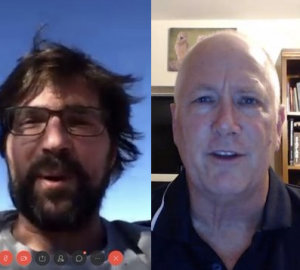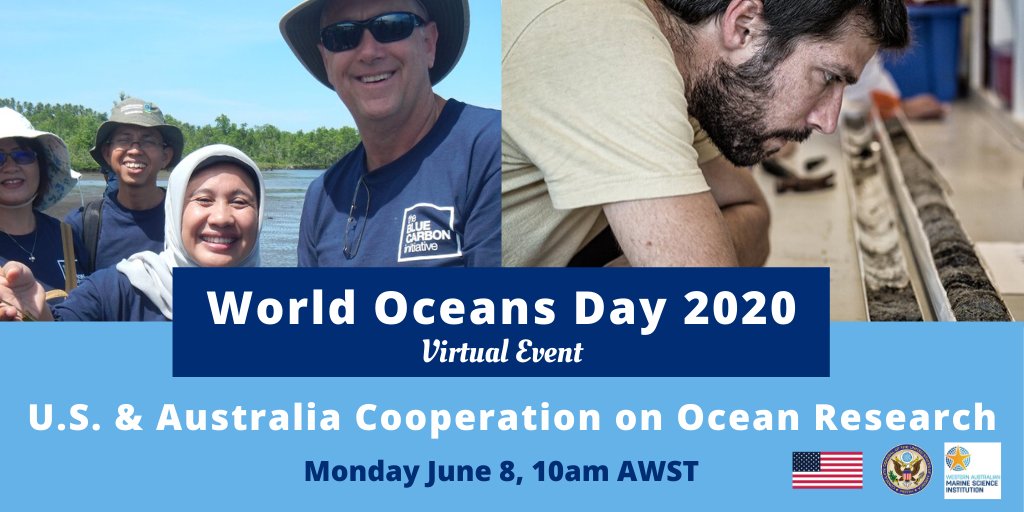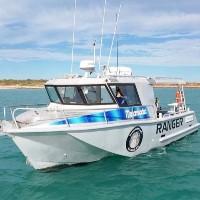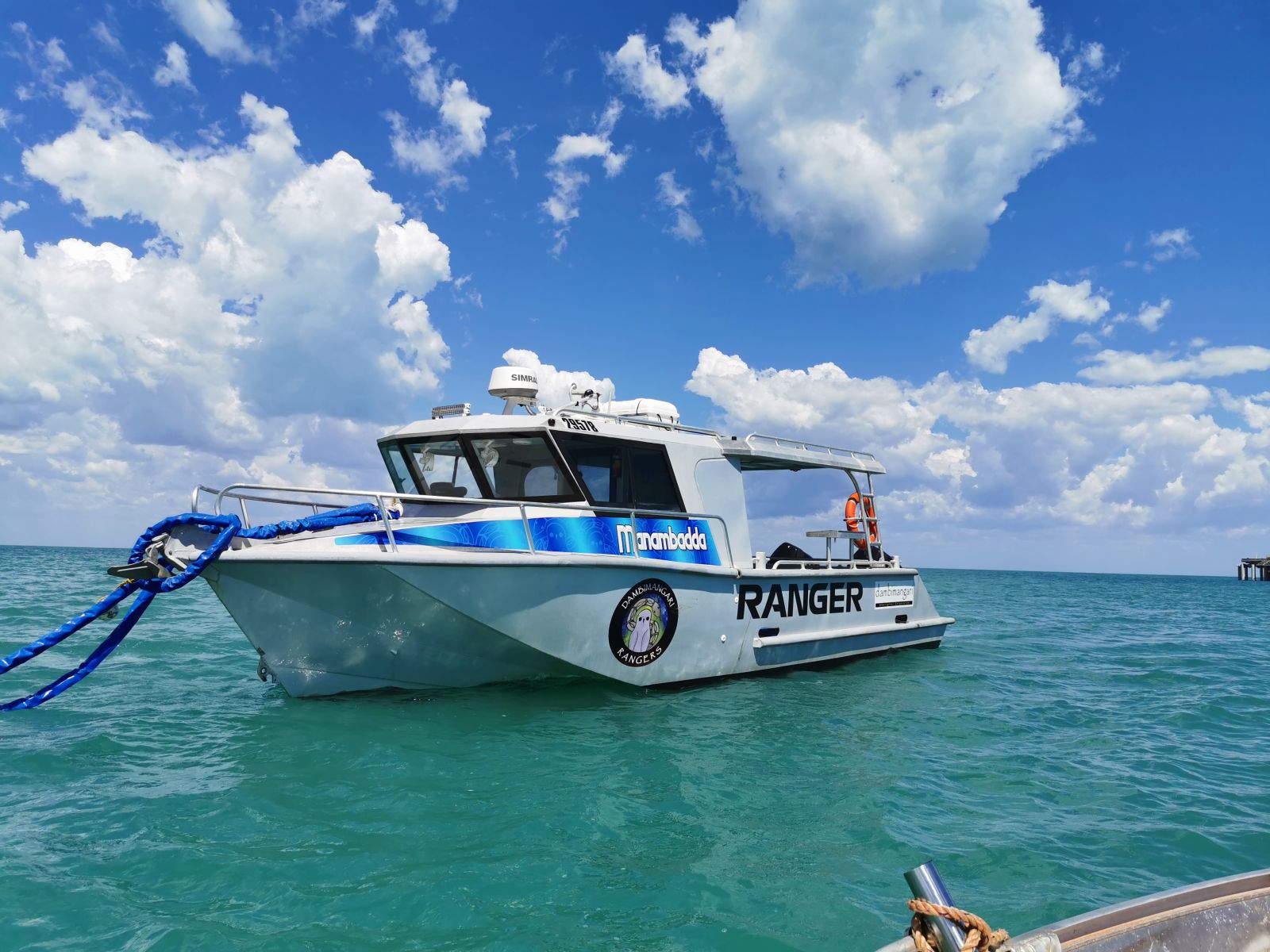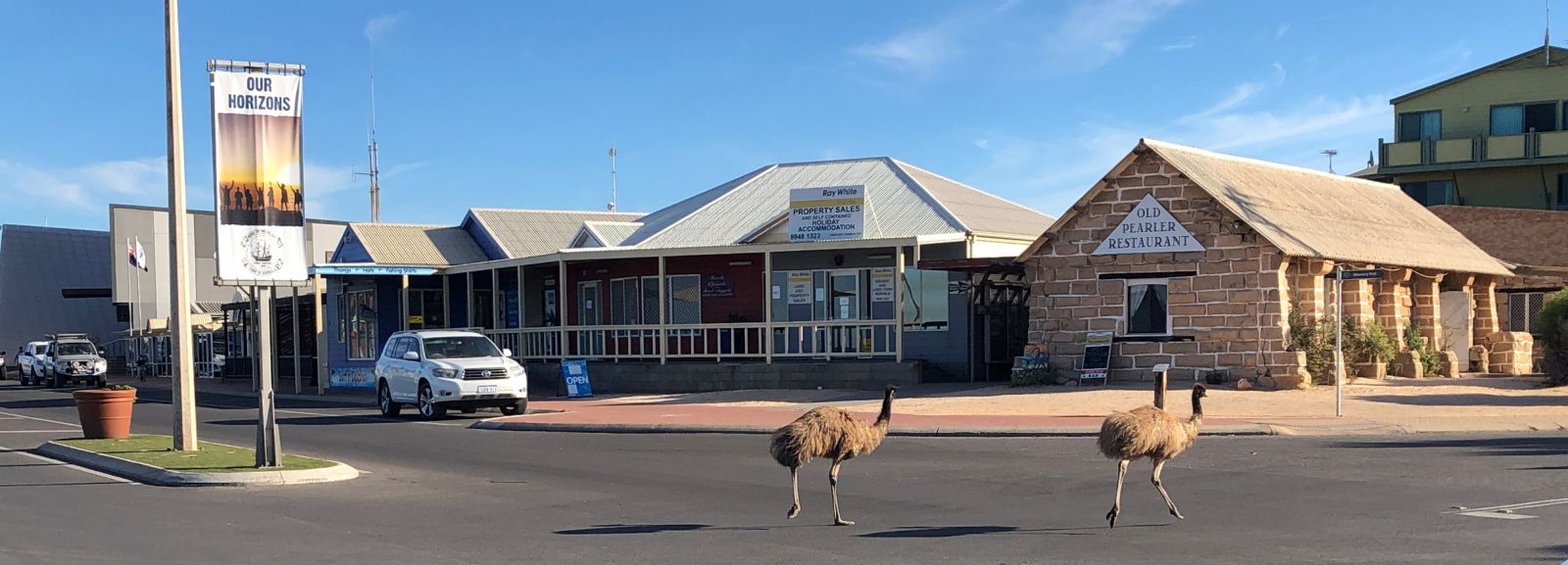Areas of coral diversity identified for conservation in Australia’s North West
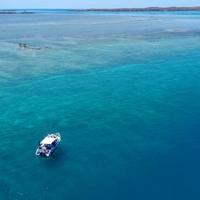
New research has confirmed that corals reefs along the Kimberley coastline will not recover quickly from an extreme event such as mass coral bleaching, unless local populations survive.
The study published in Evolutionary Applications, reveals that Kimberley corals live in genetically related neighbourhoods of less than 35 kilometres and are unlikely to recruit larvae from outside this neighbourhood.
Two types of coral were sampled: the broadcast spawning coral Acropora aspera and the brooding coral Isopora brueggemanni across the inter-archipelago (tens to hundreds of kilometres), inter-reef (kilometres to tens of kilometres) and within-reef (tens of metres to a few kilometres).
The research is the result of a national collaboration between researchers from the Australian Institute of Marine Science (AIMS), CSIRO, Curtin University, the WA Museum and the Bardi Jawi Rangers as part of the Western Australian Marine Science Institution’s Kimberley Marine Research Program.
Lead author Dr Jim Underwood (AIMS) said the study provides a valuable insight into how to protect the ecosystems from local human pressures such as overfishing and pollution in Marine Protected Areas and Indigenous Protected Areas.
“To do this well, we need to know where and how far coral larvae move in the ocean currents after they are spawned and before they settle down as recruits,” Dr Underwood said. “This helps us to understand where the next generation of young corals will come from so we can look to keeping the sources healthy.”
The key finding from the study is that most coral larvae do not move more than 35 kilometres from their home reef, and shows that locally produced recruits drive replenishment.
Unlike continuous reef systems such as the Great Barrier Reef, most systems in Australia’s North West are extremely isolated with low “connectivity” between local coral populations and larvae from distant sources via ocean currents.
“This means recovery after disturbance will rarely be supplemented through the input of larvae produced far away,” Dr Underwood said.
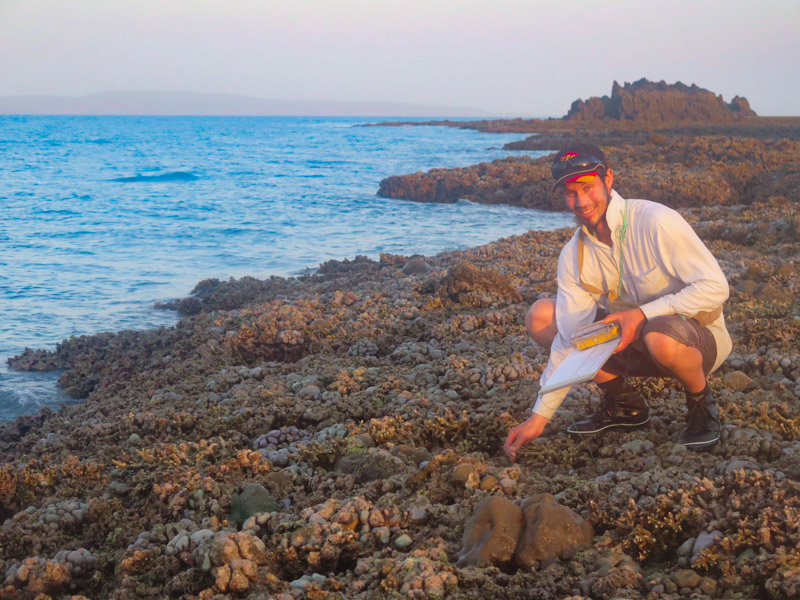
Lead author Dr Jim Underwood collecting corals from Bowles Reef in Mayala sea country. (Image: Oliver Berry, CSIRO)
Co-author and project leader Dr Oliver Berry (CSIRO) said they also found that corals of the Dampier Peninsula and Buccaneer Archipelago are genetically diverse and different from other regions, and therefore require special custodianship.
“The study is a great example of how new technologies like DNA sequencing can reveal information about the movement of corals without having to observe them,” Dr Berry said.
The study recommends networks of marine reserves that effectively protect reefs from local pressures should be spaced within a few tens of kilometres to conserve the existing patterns of demographic and genetic connectivity.
This article was originally published by the Australian Institute of Marine Science. Read the original article.
The $30 million Kimberley Marine Research Program is funded through major investment supported by $12 million from the Western Australian government co-invested by the WAMSI partners and supported by the Traditional Owners of the Kimberley.

